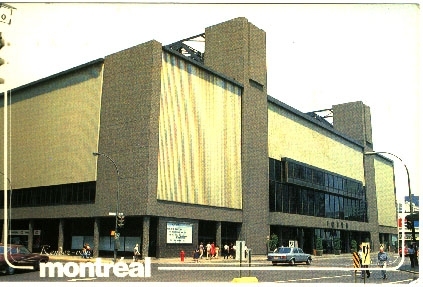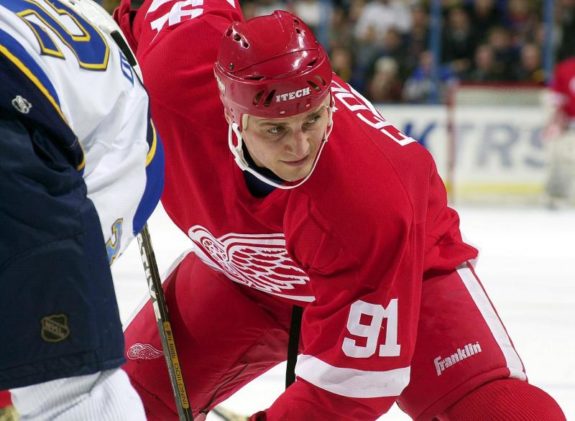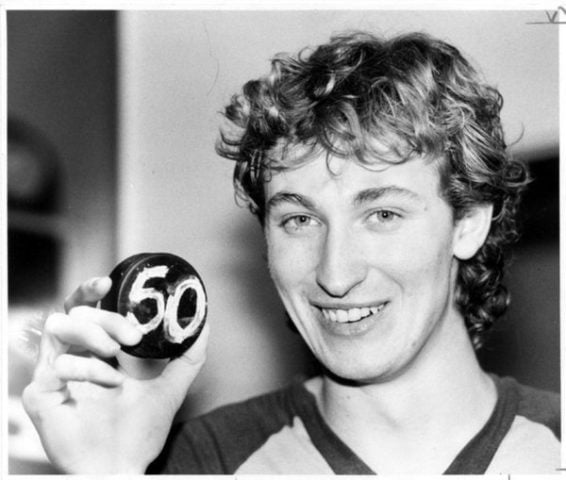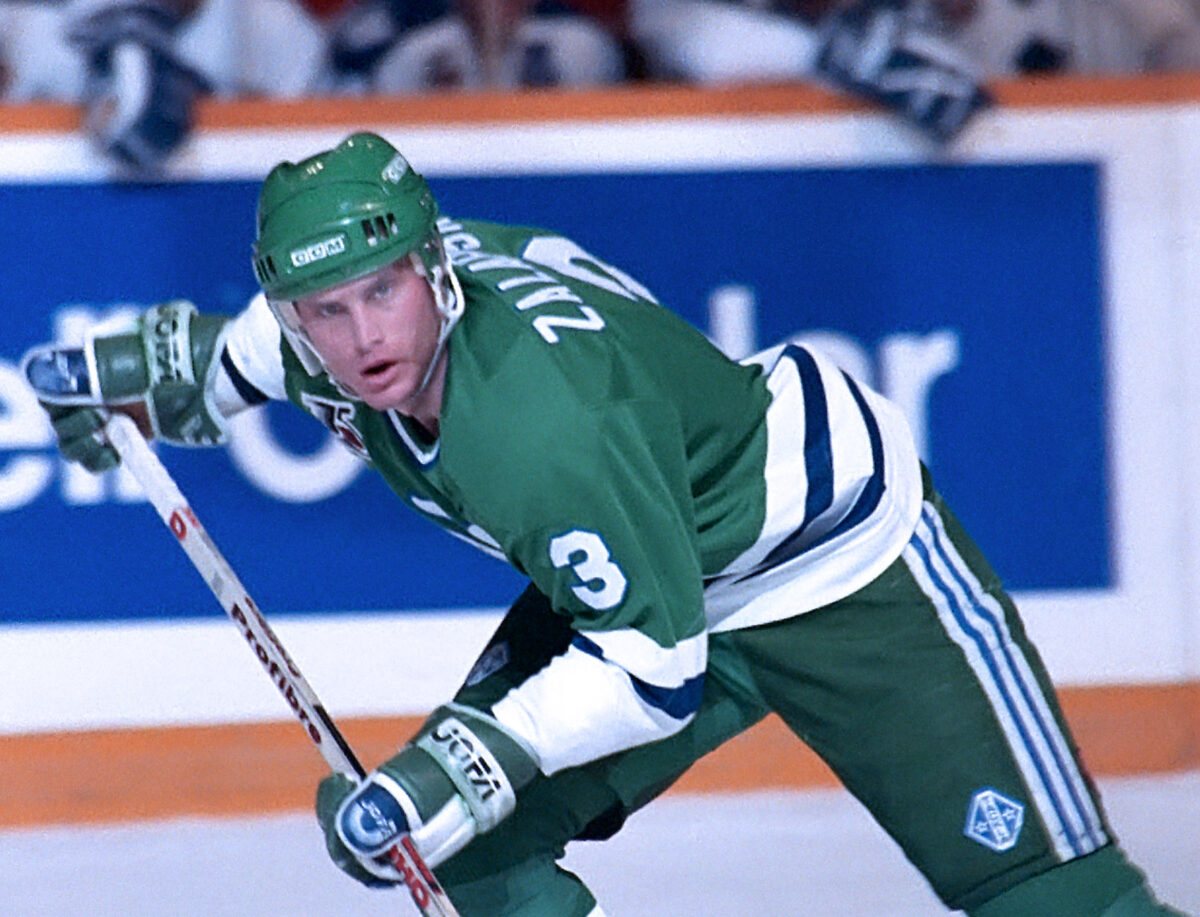Oftentimes, we hear about how great the game of hockey was in a previous generation. Whether it was Bobby Orr flying in the 1970s or Wayne Gretzky and Mark Messier leading the dominant Oilers offenses in the 1980s, fans always reminisce about how the game was better and how the NHL isn’t the same.
Related: Fuzzy History of the NHL Playoff Beard
Many fans would argue that the NHL is better now than it has ever been. After all, there are more teams, the skill of the players is world-class, and the casual fan has access to more games than ever before. However, there are still a lot of things about the game that are missed, from rule changes to the teams in the league to even the uniforms. There are a lot of things that made hockey the popular sport it is today but are now nostalgic memories.
Old Famous Arenas
The new state-of-the-art arenas are great for the NHL. New arenas like Climate Pledge Arena and USB Arena allow fans to see the game from any seat without an obstructed view and also provide plenty of modern-day features including big screens above the ice, spacious concourse areas, and luxury seating. The brand-new venues are ideal for the growing game for both fans and players alike and will only continue to improve in the future.
However, it’s hard not to associate the game and some of the iconic moments with its famous older arenas. The Montreal Forum, Maple Leaf Gardens, and the old Boston Garden were some of the many older rinks that not only popularized hockey but also carried a mystique to them.

Moreover, the old arenas and barns would often allow the fans to be part of the games as they would be on top of the players and cause the place to shake, especially during the Stanley Cup Playoffs. While Madison Square Garden is one of the last standing arenas from the past eras, hosting the New York Rangers since 1968, the NHL has slowly replaced the iconic sites over the years, making the famous arenas a thing of the past.
The 1 vs 8 Playoff Format
Starting the 2014 Stanley Cup Playoffs, the NHL switched its playoff format to the current model, with two wild card teams in each conference facing the two division winners. Initially, the new playoff format made sense, considering the league was moving from three divisions per conference to only two. However, since being implemented, there have been issues with the system that wouldn’t occur in the original 16-team playoff format where the team with the best record in the conference would play the lowest seed.
The 2022 Stanley Cup Playoffs have particularly provided many first-round matchups that have raised concerns with the current format. In the Western Conference, the Minnesota Wild finished the regular season with the second-best record in the conference with a 53-22-7 record while the St. Louis Blues had the fourth-best record at 49-22-11. However, under the current format, the two teams were forced to face each other in the first round. Likewise, the top three teams in the Atlantic Division finished this season within the best four records in the Eastern Conference, but since the Maple Leafs failed to win the division, they have to face an evenly matched Tampa Bay Lightning in the First Round instead of facing a team with a significantly worse record.

Fans and experts of the NHL have been quick to point out the issues with the current format, which doesn’t always reward the teams with the best record. Alex Hobson, fellow contributor for The Hockey Writers pointed out, “When you look at how the top four teams in the Atlantic all finished top 10 in the league, too many elite teams are paired against each other in the First Round. The 1 vs. 8 format would create underdog stories and save the highest-touted matchups for the Conference Finals.”
Detroit Red Wings in the Western Conference
The Detroit Red Wings are one of the “Original Six” teams and, despite recent struggles, have been one of the most historic and successful franchises in the NHL, winning 11 Stanley Cup Championships. Since 1926, the Red Wings have played in six divisions and four conferences and currently play in the Eastern Conference. However, the conference that stands out the most with the team, especially recently was the Western Conference, which they were in from the 1993-94 season until the end of the 2012-13 season.
The rivalries the Red Wings formed in the 1990s made the decade memorable. Sergei Fedorov, Steve Yzerman, Niklas Lidstrom, and other future Hall of Famers would meet up against the Colorado Avalanche, Dallas Stars, and St. Louis Blues and great players like Joe Sakic and Brett Hull. The Red Wings were the most successful team in the Western Conference, but the rivalries formed in the decade continued to popularize the game.

The Red Wings in the Eastern Conference might make more sense from a geographical standpoint, with the team playing the same division as the nearby Maple Leafs. However, for hockey fans, the Red Wings playing in the Western Conference is appropriate for a previous era that defined the team’s recent success. Moreover, the team playing in the same division as the Chicago Blackhawks would be great for both historic Midwest teams.
The 1980s Offensive Explosion
The 1980s was a decade when goals skyrocketed across the league. The Oilers averaged 5.33 goals per game in the 1985-86 season and averaged a mind-boggling 5.58 goals per game in the 1983-84 season led by the fast, skilled offense featuring Gretzky, Messier, and puck-moving defenseman Paul Coffey. Even teams that struggled offensively would average three goals per game or more which would be above average in today’s NHL. Goals were up and offenses were at an all-time high for the decade.

A lot of factors contributed to the scoring surge, among them were poor goaltending and goaltending equipment. In addition, the rules and the way teams played allowed skaters to oftentimes carry the puck into the offensive zone untouched, with little interference in the neutral zone. However, one of the primary reasons for the increase in goals was the skill at the forward position with the decade featuring Gretzky, Messier, Dale Hawerchuk, and Mario Lemieux among many that highlighted the offensive skill.
The defenses and goaltenders have improved and are at a world-class level in the modern game, causing goals to dip. However, high-scoring games are often what fans like to see with some of the best games in a typical season being the 7-6 or 6-5 thrillers. Additionally, the high-scoring game of the past arguably made hockey as popular as it was in the 1980s.
The Hartford Whalers & Quebec Nordiques
A unique part of NHL history and a unique part of an era involved two teams joining the league. The Hartford Whalers and Quebec Nordiques both came into the NHL when the rival World Hockey Association (WHA) folded in 1979. The two franchises joined the league along with the Oilers and Winnipeg Jets, expanding the NHL to 20 teams to start the 1979-80 season. The Oilers became the dynasty of the 80s, winning five Stanley Cup titles in seven seasons while the Jets moved to Arizona in 1996, only to return in 2011, making both franchises a prominent part of the league currently. Unfortunately, the Whalers and Nordiques eventually relocated to Raleigh, North Carolina, and Denver, Colorado respectively, leaving both Hartford and Quebec City without professional hockey teams.
A team in Hartford was special to the NHL, being the only team in the major sports to have a team in the city. The small city is known as “Anytown USA” and for the Whalers to play in a small Connecticut market made the team and the NHL unique. Moreover, the Whalers etched themselves into hockey history as one of the first non-traditional teams from their green and blue jerseys to the Brass Bonanza and paved the way for teams that followed to be creative brands.

Quebec City on the other hand lost its team in 1995, and the city has been fighting for an NHL team ever since. The Nordiques were a popular team in a region passionate about hockey. The league has given Las Vegas and Seattle professional teams recently, but the Quebec region is still waiting for the NHL to return, including building a new arena, the Videotron Centre with the anticipation of a team. As a result, Quebec City is on the shortlist of cities that make sense for NHL relocation with professional hockey being greatly missed in the region.
The Best Players Being on the Best Teams
Connor McDavid and Auston Matthews are two of the greatest players in the NHL, but the two generational talents have seen little playoff success. Of the two skaters, McDavid is the only one to win a playoff series, and both players have constantly been defeated in the playoffs. Hockey is a team sport, and the best teams are the ones that end up hoisting the Stanley Cup. However, it has been a great disappointment to see some of the game’s best stars not even appear on the biggest stage, unlike previous eras where the games best players could be seen in the Stanley Cup Final.
Other Things We Miss About the NHL
The Montreal Canadiens dynasty that won 10 Stanley Cup titles from the 1964-65 season to the 1978-79 season was fueled by the pipeline of talented homegrown players. Quebec natives like Guy Lafleur, Jean Beliveau, and Henri Richard helped turn the Canadiens into the dominant team and the region, but the decline in local players is not only missed within the fanbase but across the NHL.
While jerseys are often a debated topic, some fans miss the uniforms of previous eras. The colorful jerseys of the 1990s that teams like the Los Angeles Kings and the Arizona Coyotes make throwback games and the reverse retro uniforms intriguing. The game has changed a lot over the years and while hockey is faster and more skilled than ever before, there are many things about the game in the past that made the league as popular and exciting as it is.